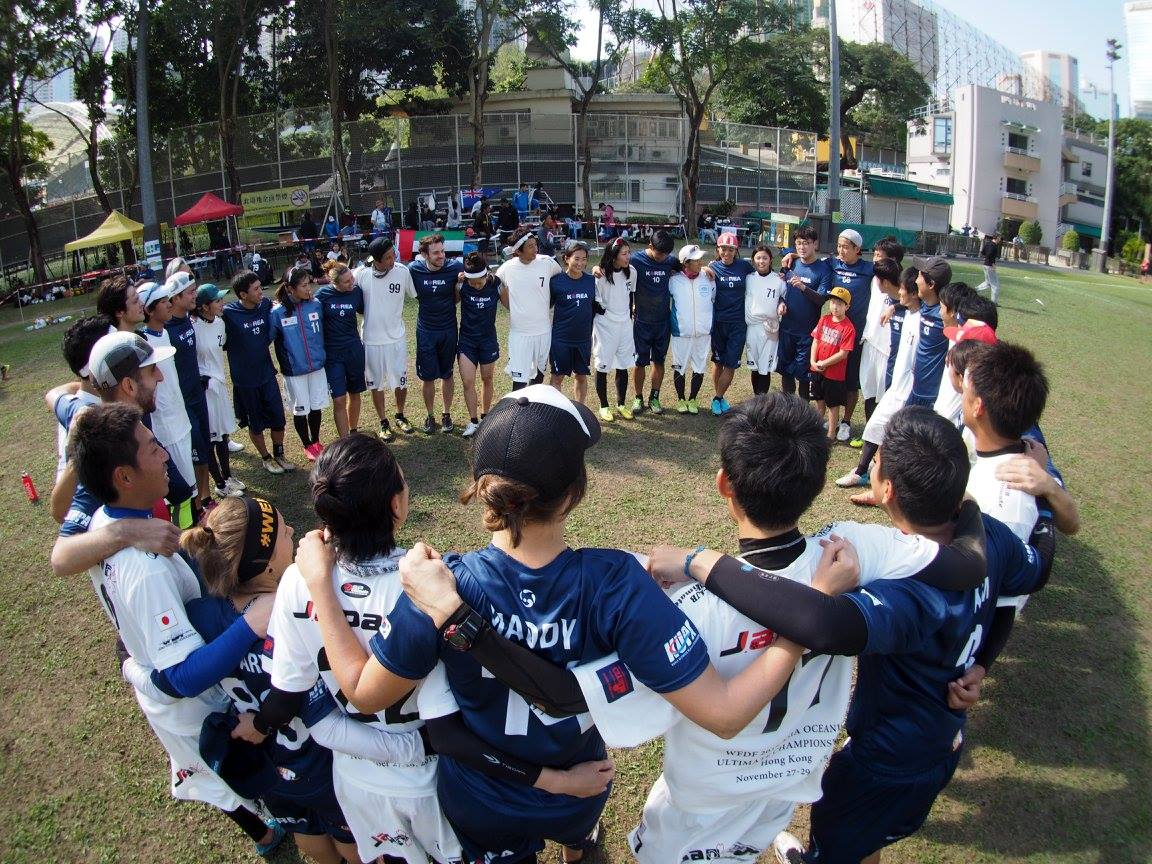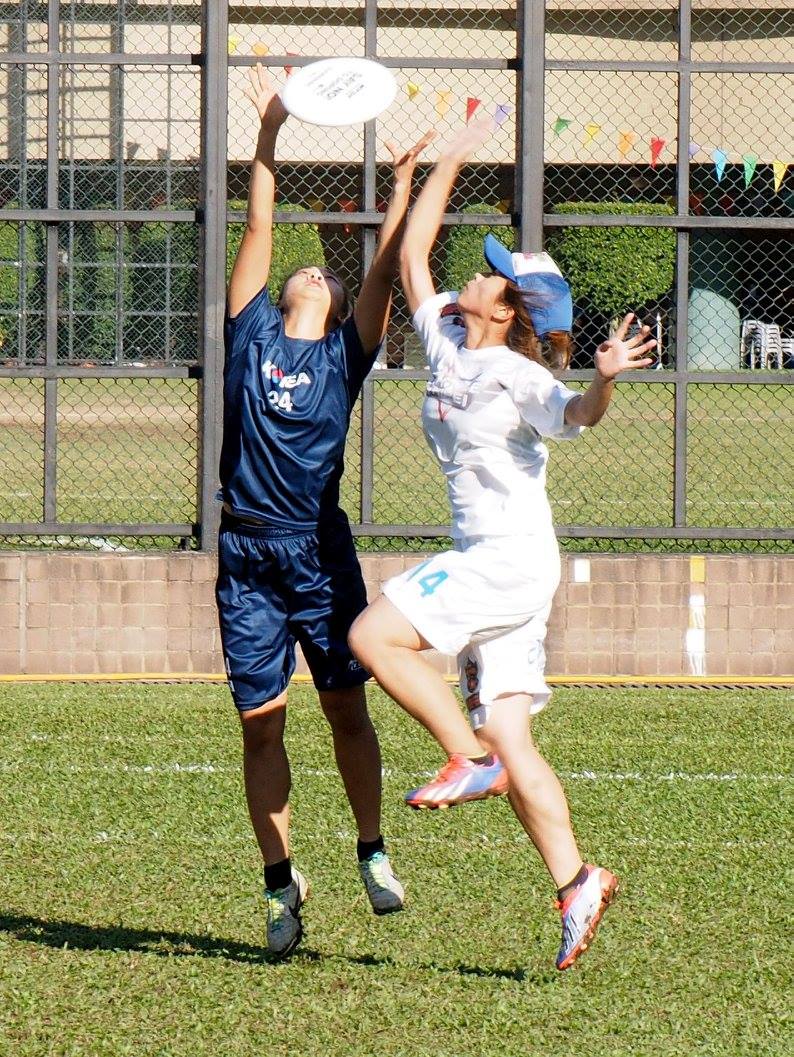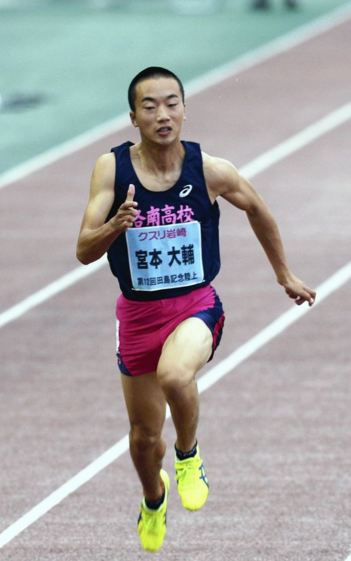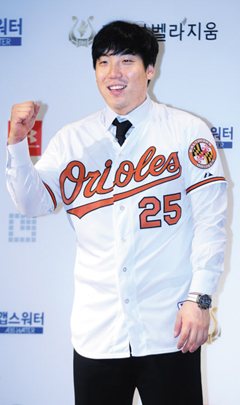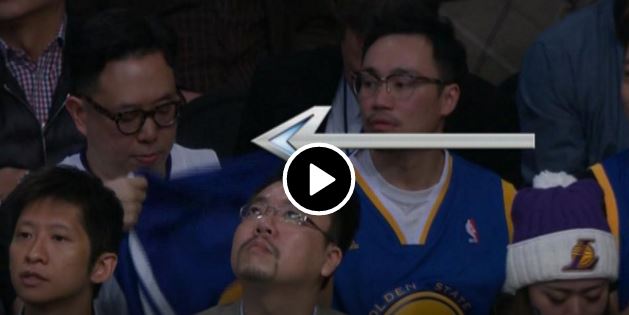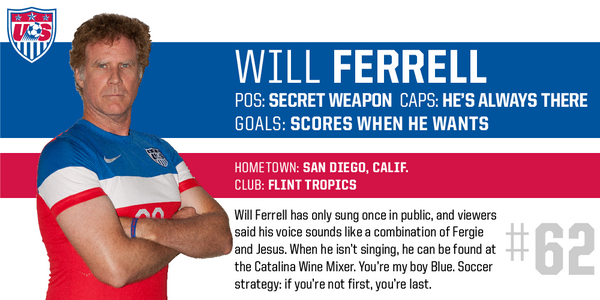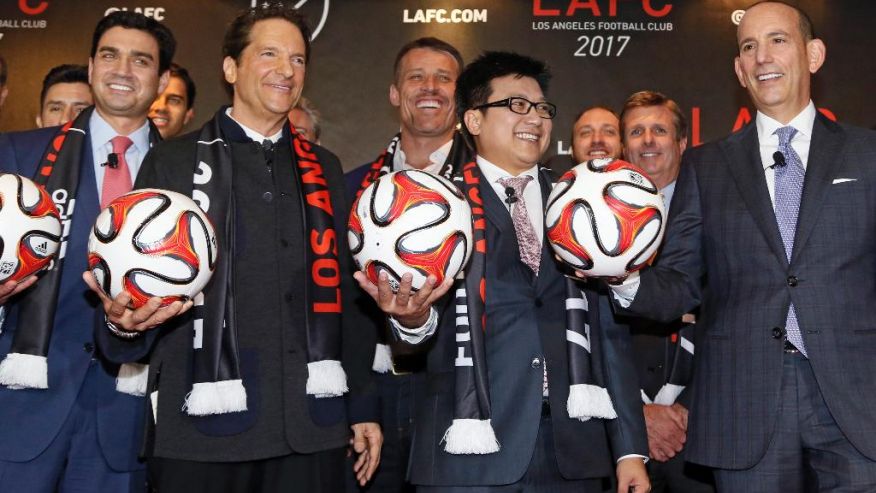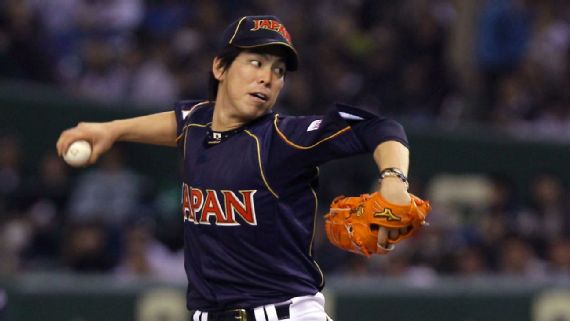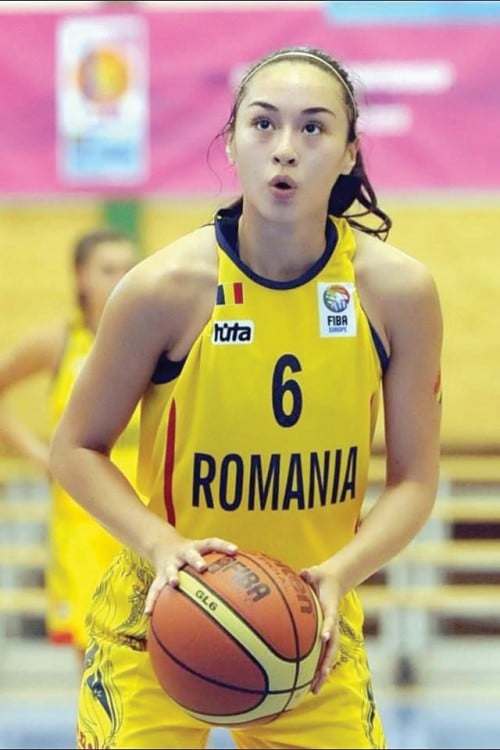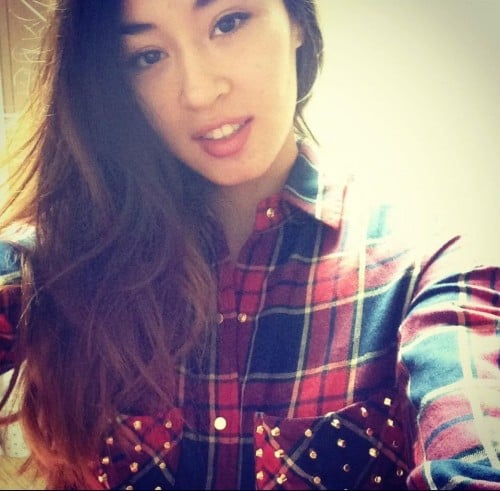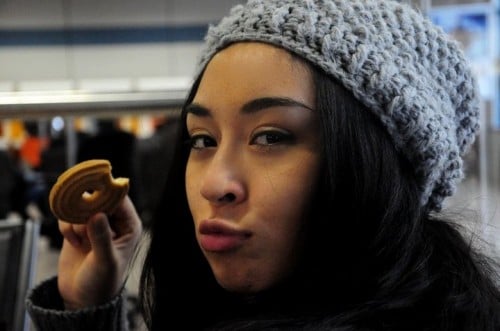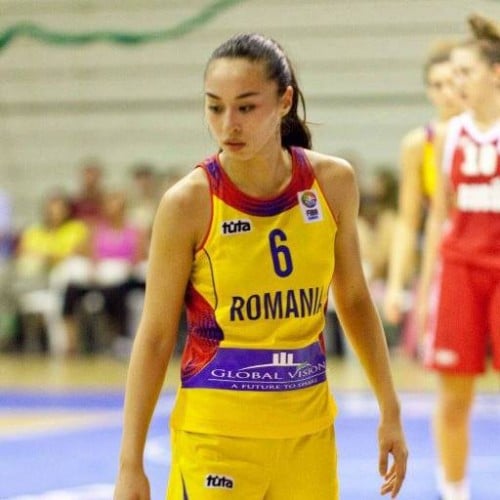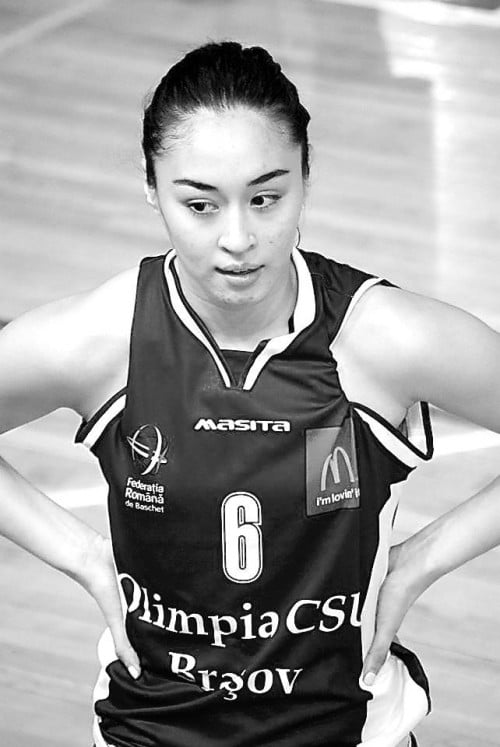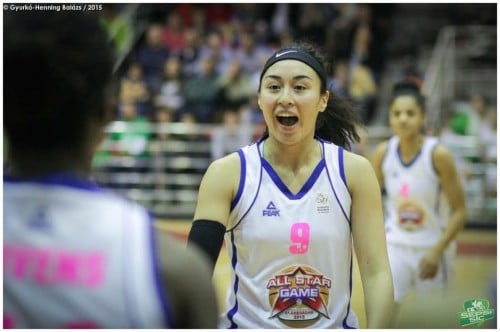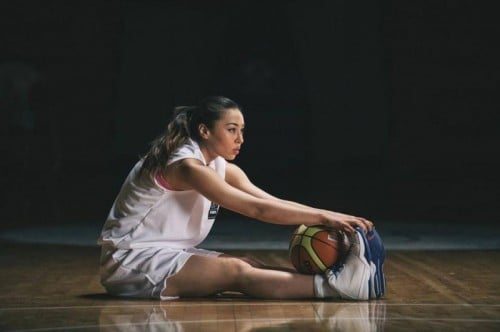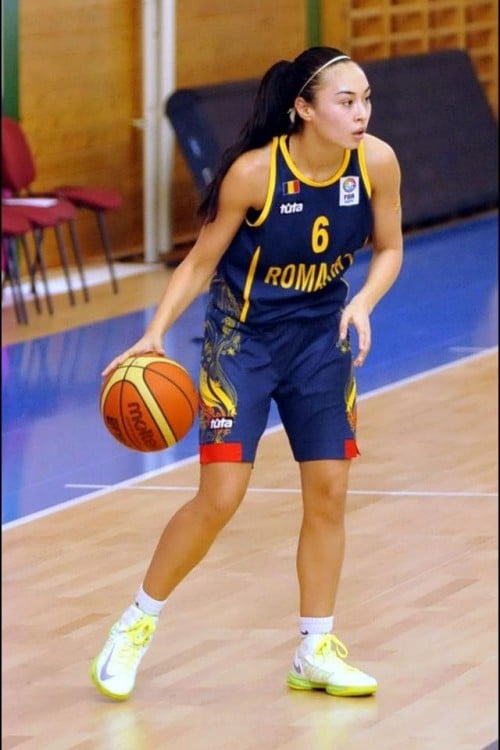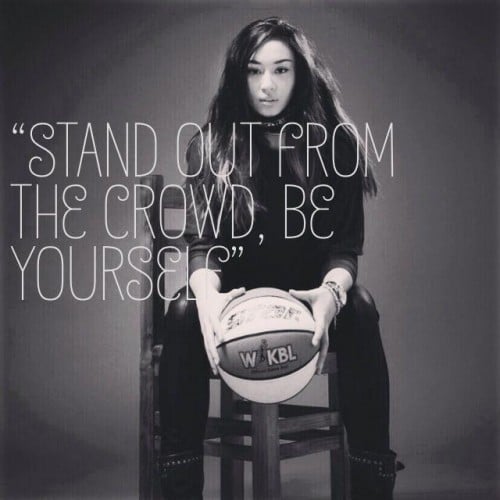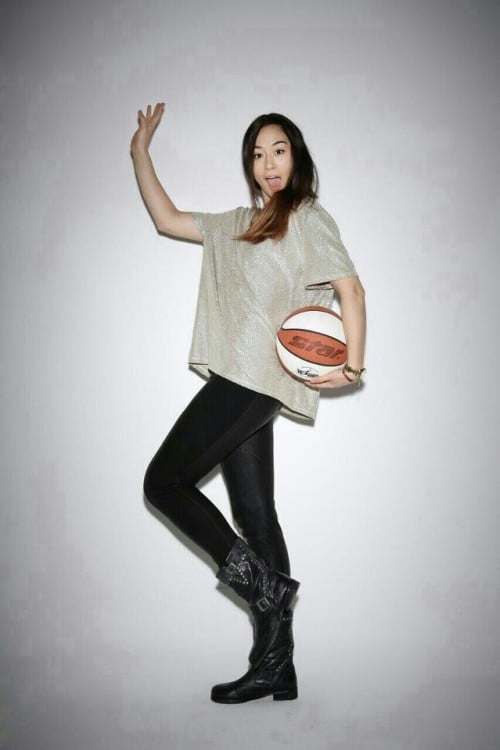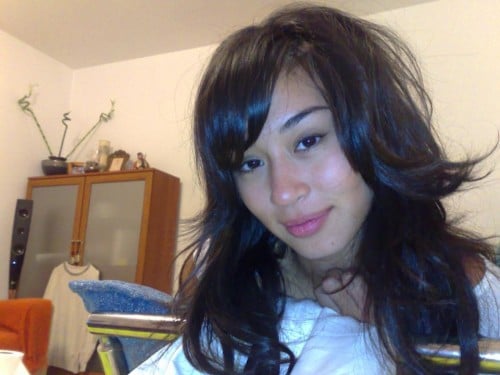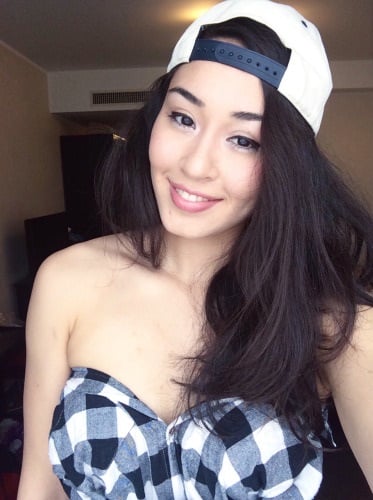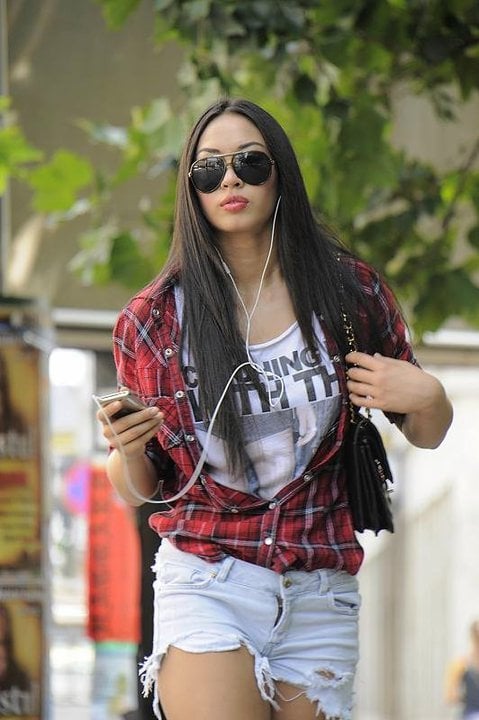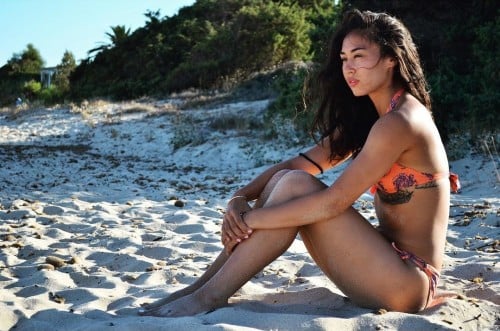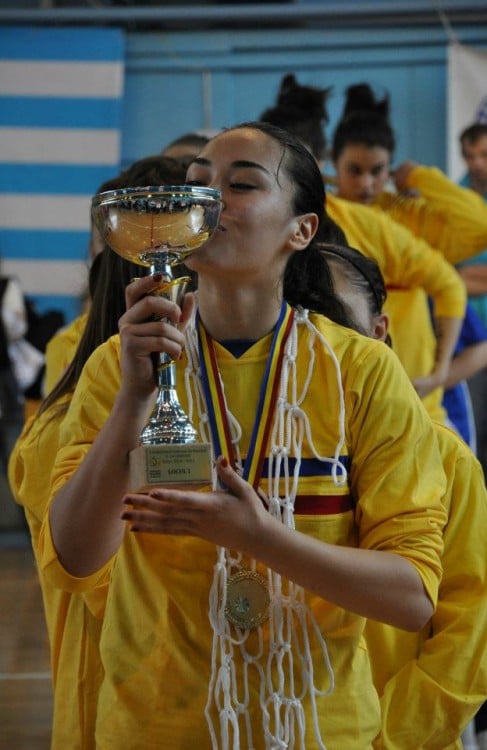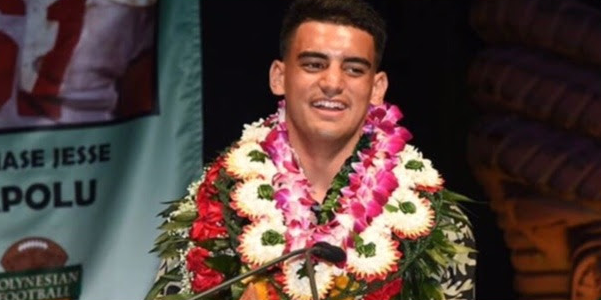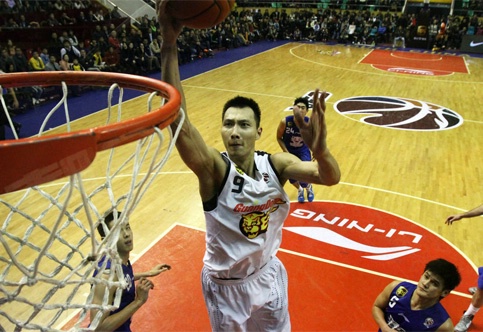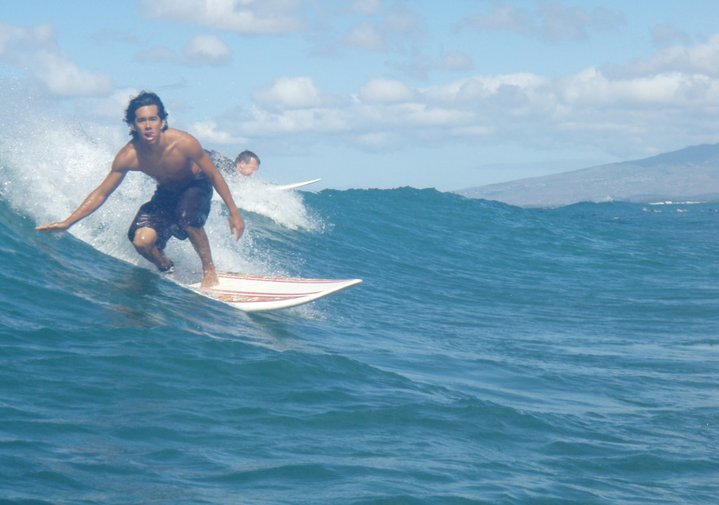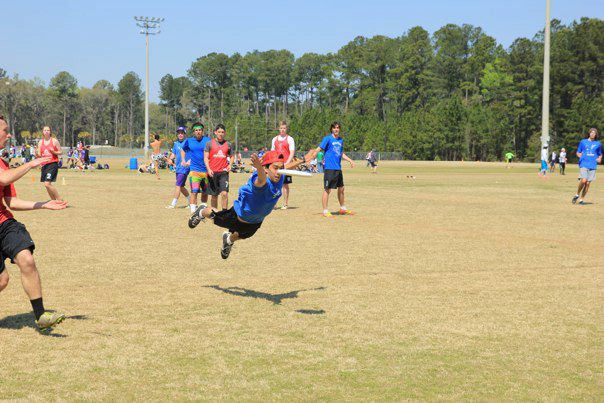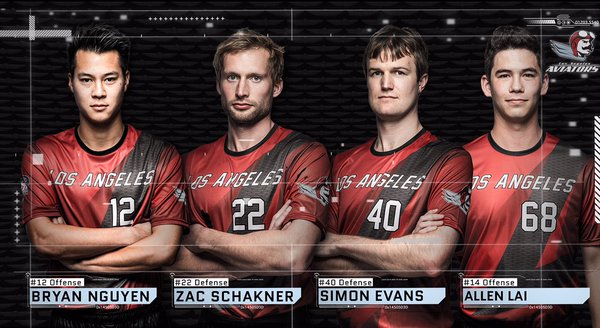Matt Smith is an offensive cutter for the Atlanta Hustle of the AUDL. Using his speed and quick hops, Smith is a prolific goal scorer. In 2015, he was one of the league’s leading goal scorers with 66 goals. Smith also added 17 assists.
Smith made it onto ESPN SportsCenter Top10 Plays with this goal,
Many Asians enjoy playing Ultimate. We’ve compiled a list of Asians playing Pro Ultimate.
As a youth, Matt Smith lived in Hawaii. He is of Caucasian and Chinese ancestry. AsianPlayers.com interviewed him for this piece.
1.) What got you interested in playing Ultimate? How long have you been playing the game?
I signed up for the ultimate team my freshman year in college during the club-signup day at Colby College. I signed up for the surf club, the woodsman team, and the ultimate team. I went on one surf trip in Maine and decided the beach was too far, the water too cold, and the waves too small to seriously pursue surfing in Maine. Ultimate practice was scheduled before the woodsman one so I went to ultimate first, got my first sky and just never stopped coming.
Ultimate was a great break from the ultra disciplined basketball program I had participated in during my high school days. I initially liked the sport because I didn’t feel obligated to practice; I could just come out when I had the time. It’s ironic that I ended up putting so much time and effort into it, by now probably more hours than I’ve spent playing basketball or anything else.
My hallmate, Chase Baker, was also a big part of me staying committed to playing in those first years. He would always stop by my room and grab me on the way to practice and we roomed together from sophomore year on. It’s always easier to break into something when you’ve got a buddy doing it with you. So I guess I’ve been playing for 9 years now, 18-27, and have enjoyed every minute of it.
2.) How’s the Ultimate scene in Hawaii? What’s it like to play in Hawaii?
To be honest I’m not really that informed on the ultimate scene in Hawaii because I didn’t start taking ultimate seriously until I was no longer living there full time. There’s definitely a couple leagues there that I think average between 8-10 teams and they have two major tournaments, Hopu and Kaimana, that are generally well attended.
I think the sport struggles there because there are so many other outdoor activities to compete with. When I was growing up I spent my time surfing during the day and playing basketball at night, ultimate never even popped up on my radar. Also, the most enthusiastic/skilled players seem to come and go from the mainland too frequently to get a consistent, top level program developed.
That’s not to say there aren’t some very talented, local players there. I’ve met some of them through pick up and one tournament I played with a Hawai’i traveling team while I was in college. It’s just a volatile ultimate landscape and ultimate is not a major part of the cultural fabric yet.
It’s unfortunate because it’s great a great place to play from an objective standpoint. The weather is always nice, you can play year round, and there’s plenty of nearby beaches to cool off in afterward.
3.) I know you’re an avid surfer, which beach in Hawaii is your favorite to surf?
My homebreak is called Concessions. It’s part of Ala Moana Beach Park which is a really special place. It’s a large park with lots of field space and a lot of beach space as well. There’s a couple of reef breaks where my brother taught me how to surf and I put a lot of time in there after he left for college.
I’m a South shore kid though and I would paddle out anywhere on that southside string of breaks. I spent a summer as a surf instructor in Waikiki, my friend from back home only surfs Kaisers/Rock Piles so I spent a lot of hours there, and I learned the skill a little further down in the Ala Moana breaks. That last sentence probably won’t mean much to a lot of people, but it does to me. I remember those times very fondly and the water will always be a special place to me.
![MS Surf 1]()
4.) What’s your best memory so far playing for the Atlanta Hustle?
Beating the Raleigh Flyers in OT at the Silverbacks Stadium in Atlanta. It wasn’t the biggest crowd but it was a very improbable win. We ran a “Snake in the Grass” play which is kind of the equivalent of a surprise offside kick in football. It got us the disc back with a chance at a hail mary to tie the game. The last throw actually came my way but was too high for me to reach. I heard it hit the defenders behind me and my heart sank, but when I landed I saw the disc had redirected to my teammate Jay Clark for the game tying score as time expired. We carried the momentum and went on to win the game in overtime.
Raleigh was a great team and it took everything we had, plus a couple lucky breaks, to beat them but beat them we did. I sat in shock for 5-10 minutes after the game when I thought back at the sequence of events that had to happen correctly for that victory to come together. Definitely the best team win I’ve been a part of. There’s some good clips of the end of the game on YouTube.
5.) What are you looking forward to in the 2016 AUDL season?
All of it except the long, cramped van rides. I had a blast last year and am looking forward to the experience of another year in the AUDL. I like the Hustle organization a good deal; I felt they gave me a fair chance last year, which is harder to come by than you might think, and I appreciate that. We have good coaches which leads to improvement at well run practices and we have a solid group of guys in the locker room. It’s a great playing environment and I enjoy being a part of it both on and off the field.
I’m also very excited to play the Dallas Roughnecks team. They’re obviously going to be loaded with talent but I’m looking forward to the challenge. I’ve moved around and played in small ultimate markets until now and while I’ve played with/against great talent in the AUDL I haven’t had the chance to go head-to-head against the names I read about in college (Beau Kittredge, Jimmy Mickle, Dylan Freechild, etc.). I’m very much looking forward to doing so: physically I feel the best I’ve ever felt and at least in the eyes of the greater ultimate community I’m a big underdog. If I get schooled, so what? Nobody expects different. But if I don’t, and I don’t plan on it, that will make for some headlines.
I’m a player with nothing to lose and still a lot to gain. They’ve put a lot of pressure on themselves to win and I think that’s a dangerous spot to be in. I’m ready and I know the Hustle will be too.
6.) I think a lot of people root for you because you’re not the biggest guy on the field and yet can catch so many goals. How tall are you? and how much do you weigh? You got any tips for players who are not over 6 feet tall?
I don’t like discussing my metrics but let’s just say I’m small: under 5’8″ and I would likely be fighting at bantamweight.
My advice for players under 6′ tall is to be happy you found ultimate instead of basketball or volleyball. Or pretty much every other sport except wrestling or jockeying. Part of what I like about ultimate is that the playing space is so large it takes away some of the advantage of height. Speed and quickness are more valuable because on well executed sequences the disc shouldn’t float and catching a goal with the disc 3′ off the ground counts the same as catching one 10′ off the ground.
I guess what I’d say to all players, but especially shorter ones, is use your talents effectively and recognize your weak spots. If you’re short and can’t jump, try to beat people with your quickness/speed and avoid situations where you’re pitted against length in close quarters.
7.) How are you able to run so fast?
I’m fairly strong for my size and I don’t have to move a lot of weight so I think that’s a part of it. The training certainly helps too. Honestly though something just turns on when the game starts or when the disc is in the air. I love hunting down discs because I find myself in a state of focus it’s hard to achieve otherwise. There’s a clear goal with a clear metric of success, you either succeed and catch it or you fail and don’t. I wish all of life were that simple.
Also when you’re running all out there’s very little time to think everything through. I just react and the speed usually takes care of itself.
![MS Layout]()
The post AsianPlayers.com: Interview with Prolific Goal-Scorer Matt Smith and His Tips for Smaller Players appeared first on Asian Players.
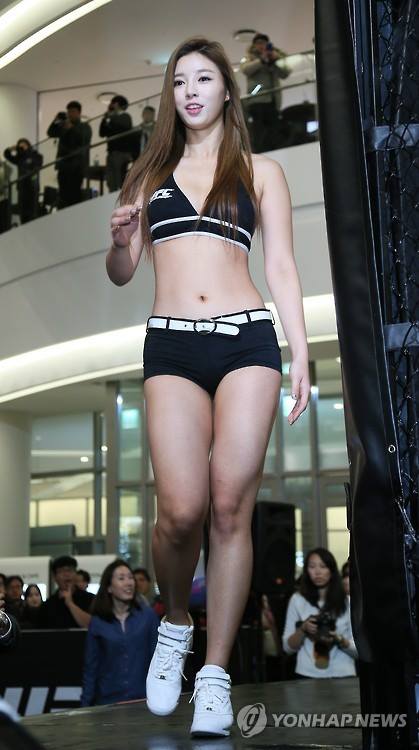
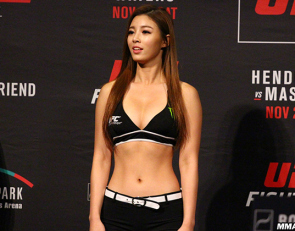

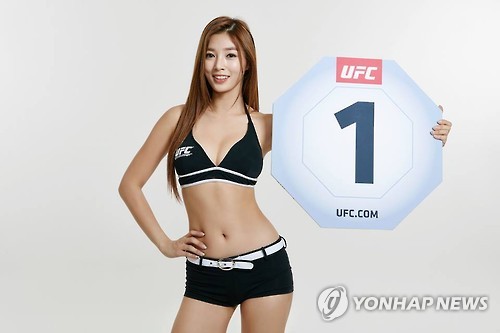





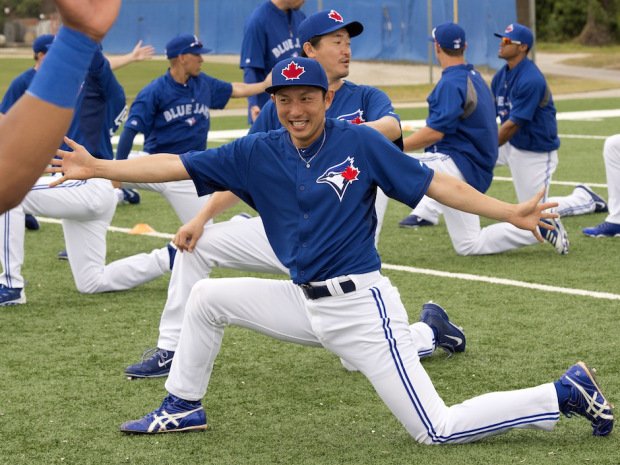


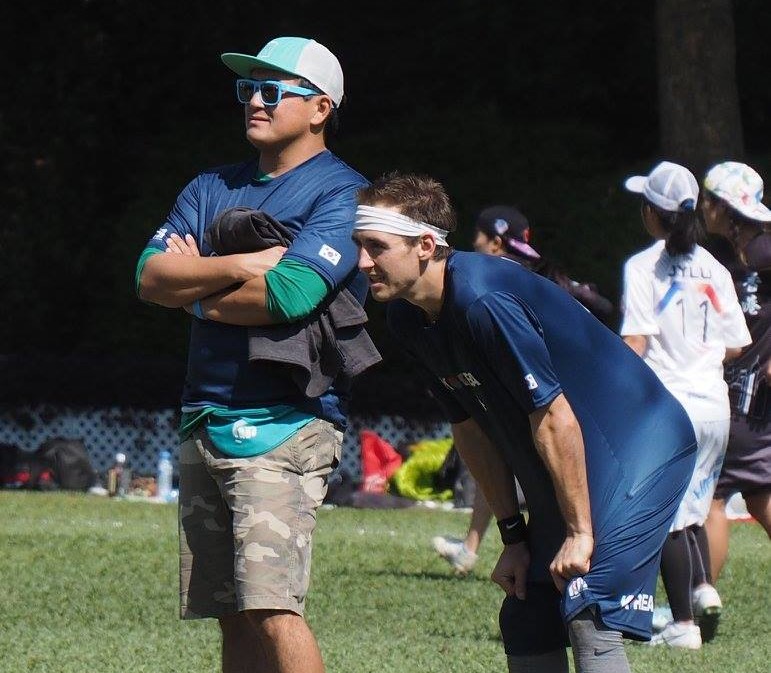
![Korea lays out at AOUC. [Noah Markus]](http://skydmagazine.com/wp-content/uploads/2015/12/12291729_1108252532518621_1190609114663217669_o.jpg)
